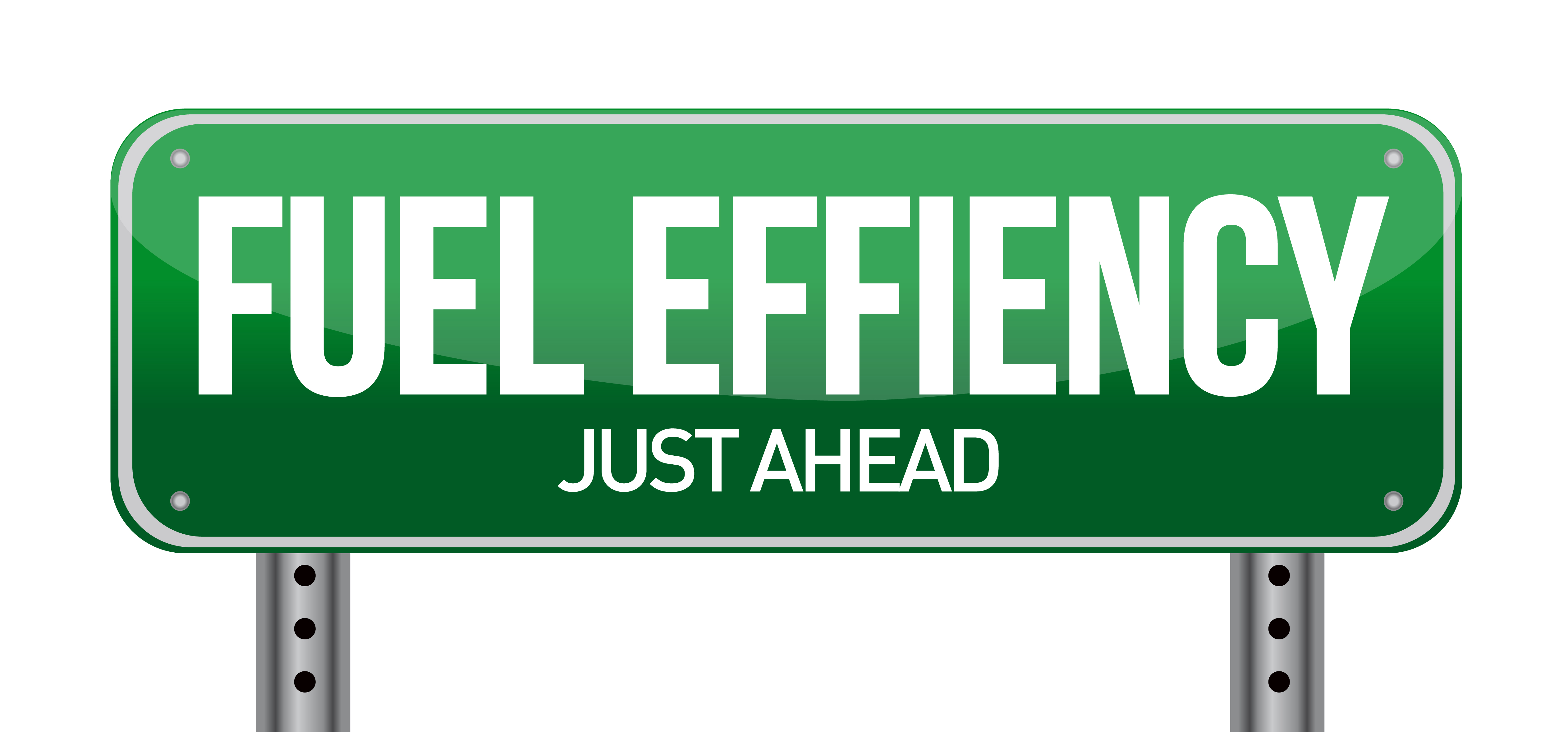About the Blue Book Value for Used Cars
History
Les Kelley, a dealership and shop owner in the first quarter of the 1900s, wanted fairly priced vehicles to plump his inventory. He created vehicle value lists to offer to banks and other dealers stating the prices he wanted to pay. The automotive industry began to recognize his lists and requested them to help determine accurate vehicle values. Kelley published the first Blue Book in 1926, offering a collection of values he had determined since 1918. The Kelley family left the dealership business in 1962 to work exclusively on value guides, which America had come to trust. In 1995, the Kelley Blue Book website (KelleyBlueBook.com) was launched, and soon after, the Kelleys stopped charging for their appraisal services.
Used Car Values
Kelley Blue Book offers several used car value types: trade-in, private sale or retail values. The Blue Book considers a dealer’s cost for reconditioning and advertising the vehicle for trade appraisals. Private and retail values help buyers to determine a fair price for a vehicle’s sale or retail purchase. The Kelley Blue Book website states that used car sellers should deduct the price of repairs from its appraisal value when determining prices. Because prices are based upon actual used car values in your area, a search for recently purchased new cars or rare vehicles may not yield results.
New Car Values
Kelley Blue Book’s new car appraisal guide allows shoppers to search for a desired vehicle and add factory options, which results in accurate pricing. Expect to enter in your Zip Code to obtain new car values; manufacturer pricing and incentives differ by area. The Blue Book showcases three different pricing scenarios for a new car: “MSRP” (manufacturer’s suggested retail price); “Fair Purchase Price,” which is based on negotiations and manufacturer incentives; and “Dealer Invoice” pricing, which is a dealership’s actual cost to own a specific vehicle.
Fair Pricing
The Blue Book is one of several respected guides available to dealers and buyers. Dealers often use the Black Book, NADA or the Galves book to determine trade or retail pricing. Consumers can also access NADA.com or Edmunds.com to assess values. To determine a fair and reasonable price for your vehicle, check the values from several guides, as values differ. After assessing several appraisal guides, determine a median price. Be aware that appraisal guides might not take market conditions into consideration; vehicle rarity, consumer demand or gas prices can affect actual values.
Quick Money Savings Tip For Safe Drivers
There are dozens of auto insurers – Which one will give you the best rate?
Step 1) Choose your vehicle make below.
Step 2) On the next page, complete the 4 minute questionnaire, and you'll have the opportunity compare the best rates in your area.
Step 3) Keep more money and possibly save hundreds!










